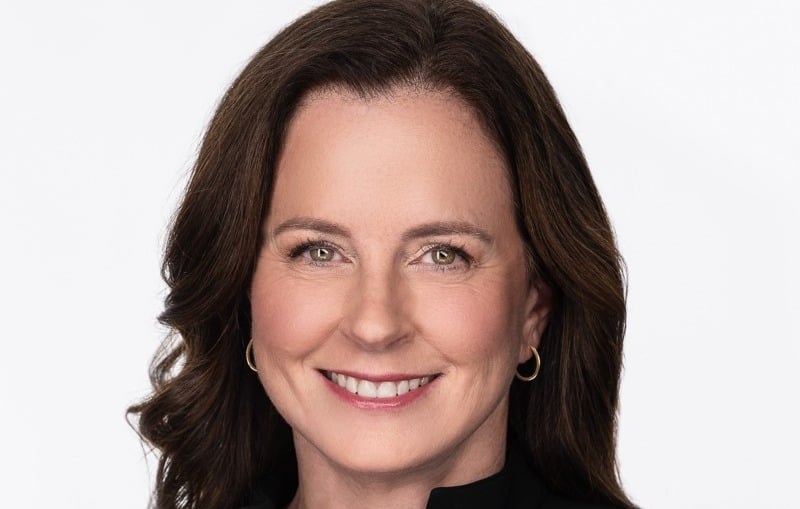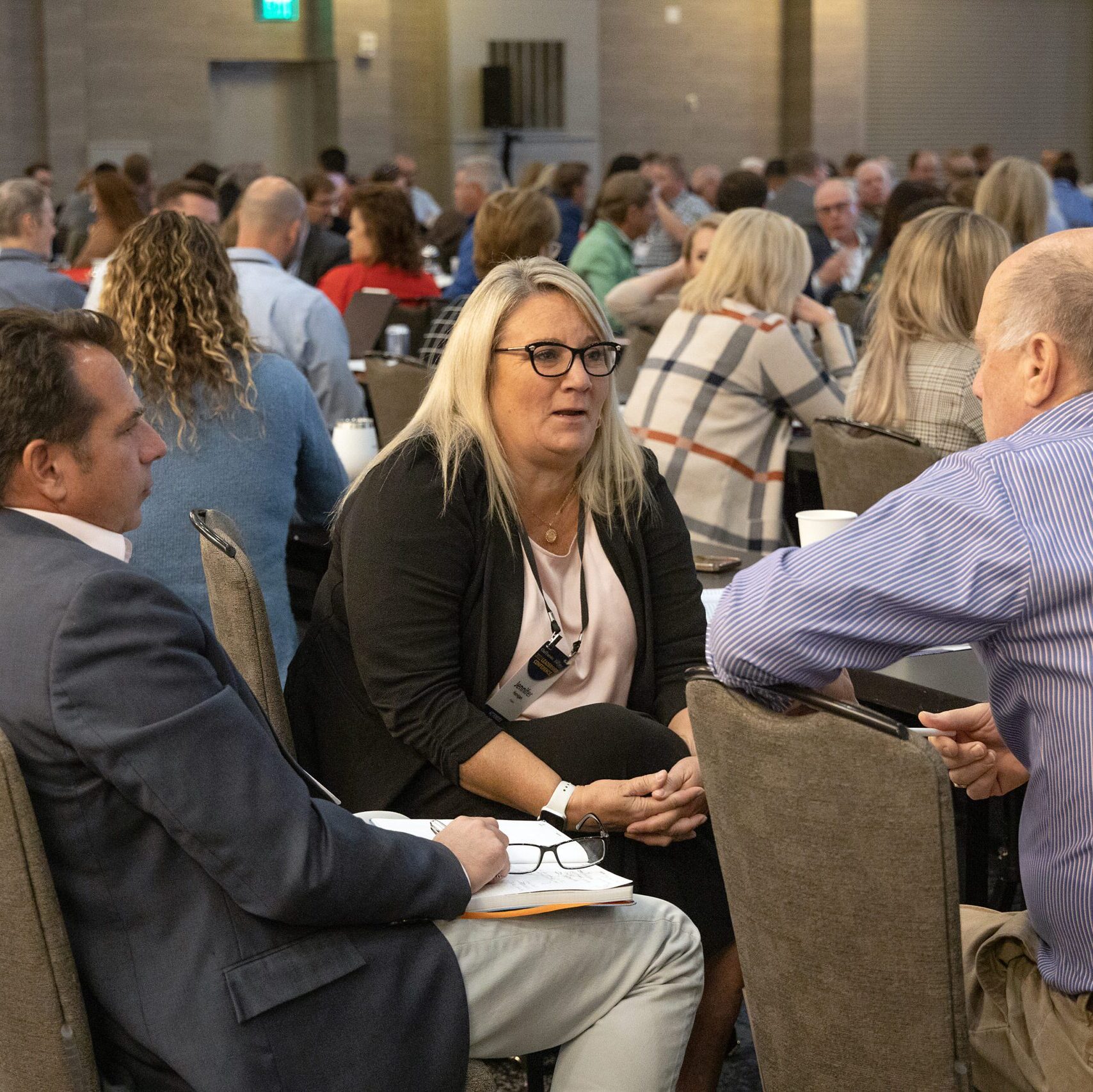
‘Why Are You Here?’: PGIM Quantitative Solutions CEO Linda Gibson’s Path To Purposeful Leadership


As captain of her high school field hockey team, Linda Gibson learned an early lesson that would shape her entire leadership journey: connection fuels performance. With her team deep in a losing streak, she didn’t crack down with drills or tactics. Instead, she paused practice, gathered her teammates, and asked a simple question: “Why do you love this game?” The answers varied—but the impact was instant. The team’s energy shifted. Their purpose resurfaced.
Years later, now CEO and Chairperson of PGIM Quantitative Solutions, a firm managing more than $111 billion in assets, Linda found herself facing a different kind of team challenge. Morale was low, momentum was slipping, and the stakes were high. So she reached back to that field—and asked a similar question: “Why are you in this business?” Once again, clarity followed. Motivation returned. And her people rallied—not around metrics, but meaning.
“Leading isn’t about addressing the team as a whole,” she shared on the latest episode of Corporate Competitor Podcast. “It’s about connecting with individuals.”
For Linda, the key to engagement is understanding each person’s motivations and communication style, because leadership isn’t about having all the answers—or being the loudest voice in the room. It’s about creating a culture where people can thrive, one that’s built on trust, shared purpose, and the space to bring your full self to the team.
She discussed this and more on the podcast, including:
• The EQ X-Factor. In today’s modern world, AI is on the rise. But while technology can replace parts of our analytical IQ side, Gibson said, it cannot replace our EQ. “Emotional intelligence or EQ is something I’ve come to believe is the defining trait of standout leaders,” she said. “While IQ is important, EQ is really what I consider the X-Factor.”
• Enforce your values. When Gibson was speaking to her team recently, she noticed a senior member roll their eyes. She knew she had to address it right away. Gibson stays committed addressing even small behaviors that might undermine the culture.
• Be creative. Gibson knows that being creative in her communication style is important. While she keeps emails short and sweet, she started making videos on the way to the dog park with her puppy, discussing news and updates. “Employees would tell me it made leadership feel more relatable, more grounded,” she said. “They didn’t just see me as a leader, they saw me as a person navigating big responsibilities while staying connected to them.”




0

1:00 - 5:00 pm
Over 70% of Executives Surveyed Agree: Many Strategic Planning Efforts Lack Systematic Approach Tips for Enhancing Your Strategic Planning Process
Executives expressed frustration with their current strategic planning process. Issues include:
Steve Rutan and Denise Harrison have put together an afternoon workshop that will provide the tools you need to address these concerns. They have worked with hundreds of executives to develop a systematic approach that will enable your team to make better decisions during strategic planning. Steve and Denise will walk you through exercises for prioritizing your lists and steps that will reset and reinvigorate your process. This will be a hands-on workshop that will enable you to think about your business as you use the tools that are being presented. If you are ready for a Strategic Planning tune-up, select this workshop in your registration form. The additional fee of $695 will be added to your total.

2:00 - 5:00 pm
Female leaders face the same issues all leaders do, but they often face additional challenges too. In this peer session, we will facilitate a discussion of best practices and how to overcome common barriers to help women leaders be more effective within and outside their organizations.
Limited space available.

10:30 - 5:00 pm
General’s Retreat at Hermitage Golf Course
Sponsored by UBS
General’s Retreat, built in 1986 with architect Gary Roger Baird, has been voted the “Best Golf Course in Nashville” and is a “must play” when visiting the Nashville, Tennessee area. With the beautiful setting along the Cumberland River, golfers of all capabilities will thoroughly enjoy the golf, scenery and hospitality.
The golf outing fee includes transportation to and from the hotel, greens/cart fees, use of practice facilities, and boxed lunch. The bus will leave the hotel at 10:30 am for a noon shotgun start and return to the hotel after the cocktail reception following the completion of the round.